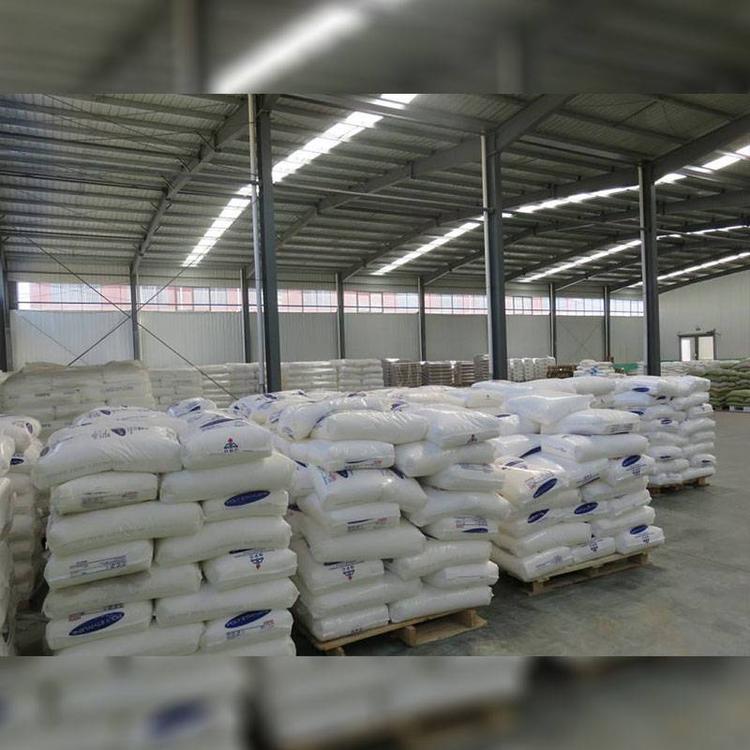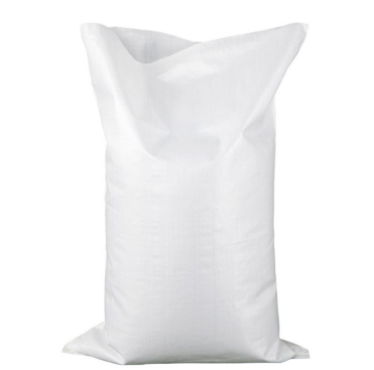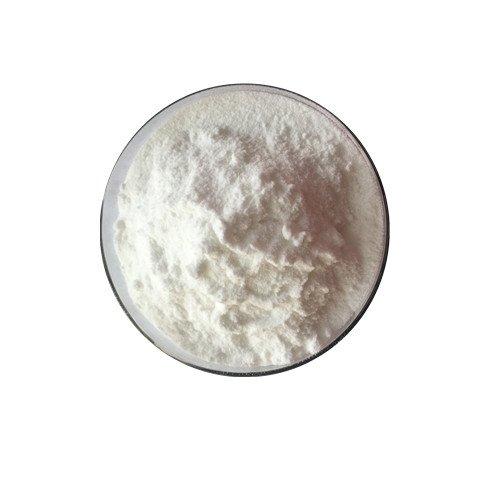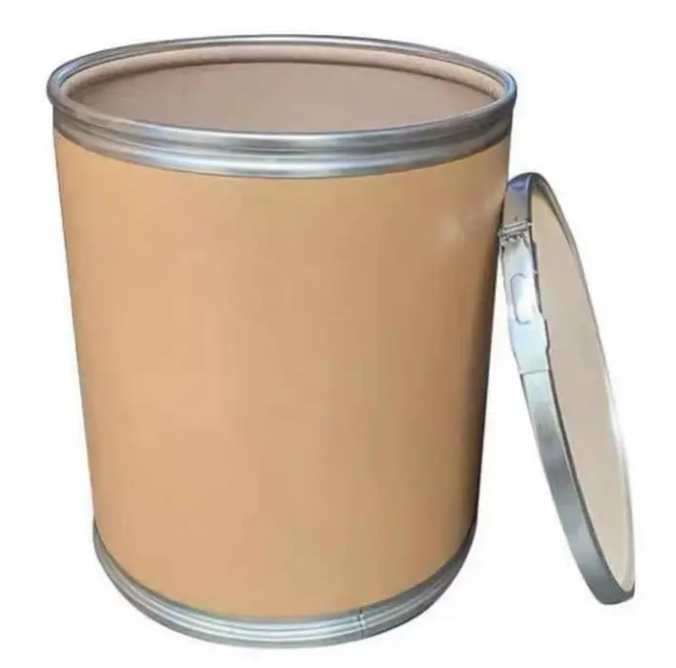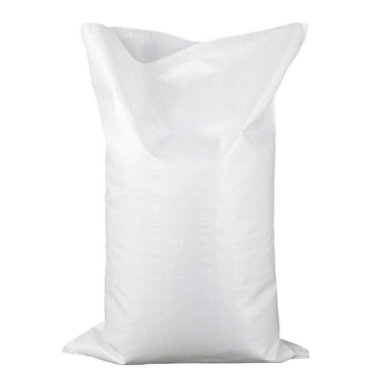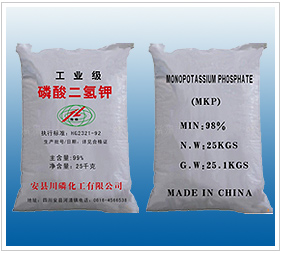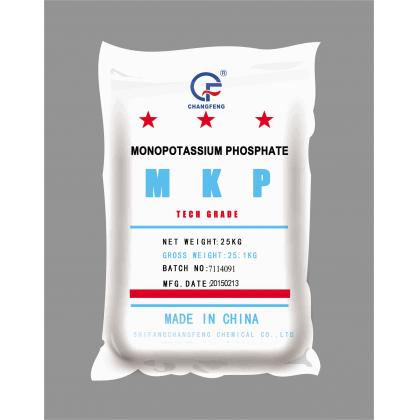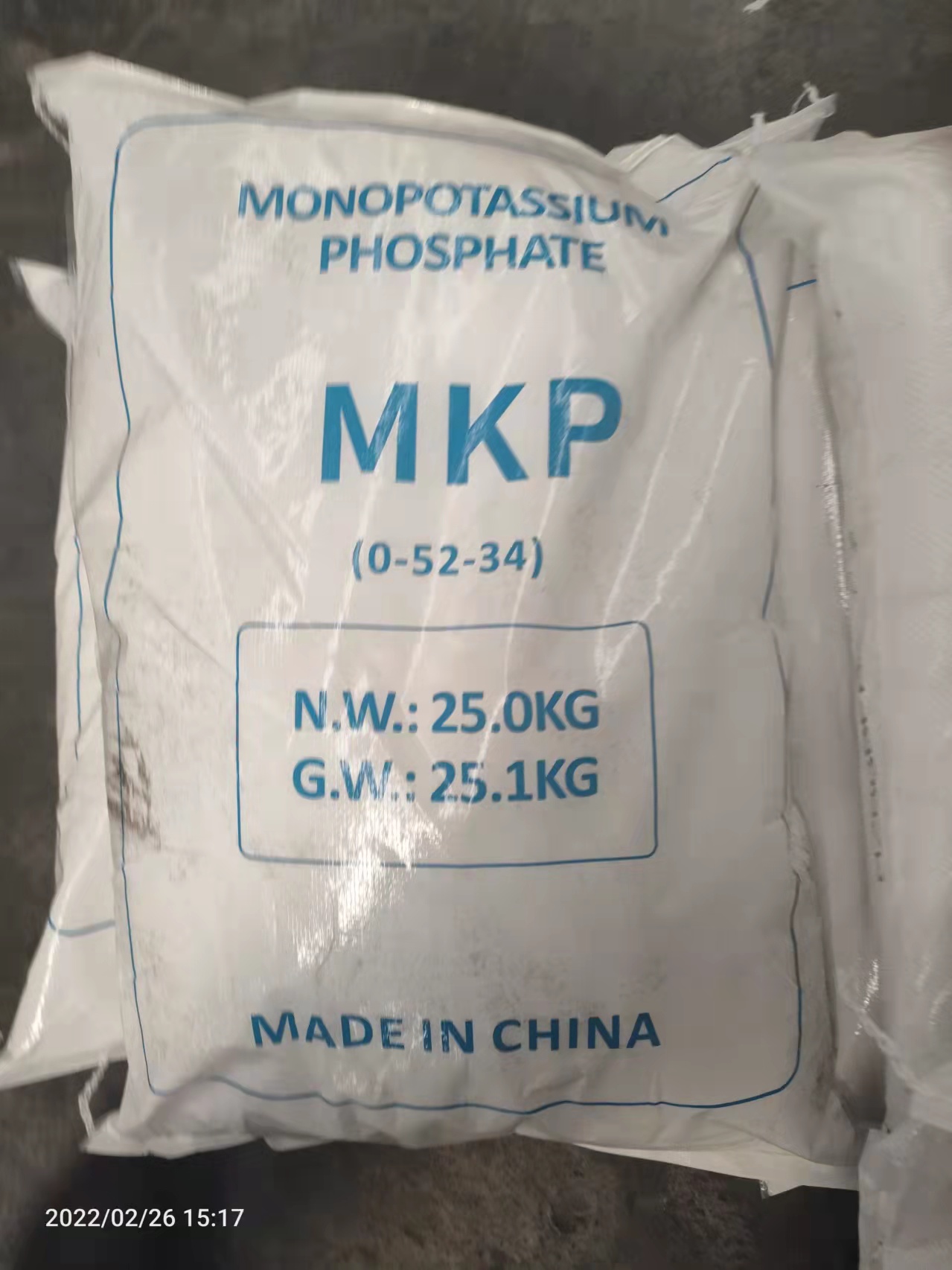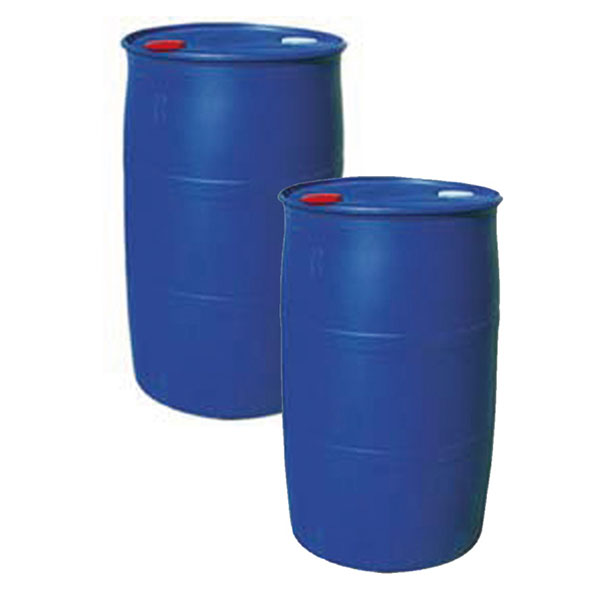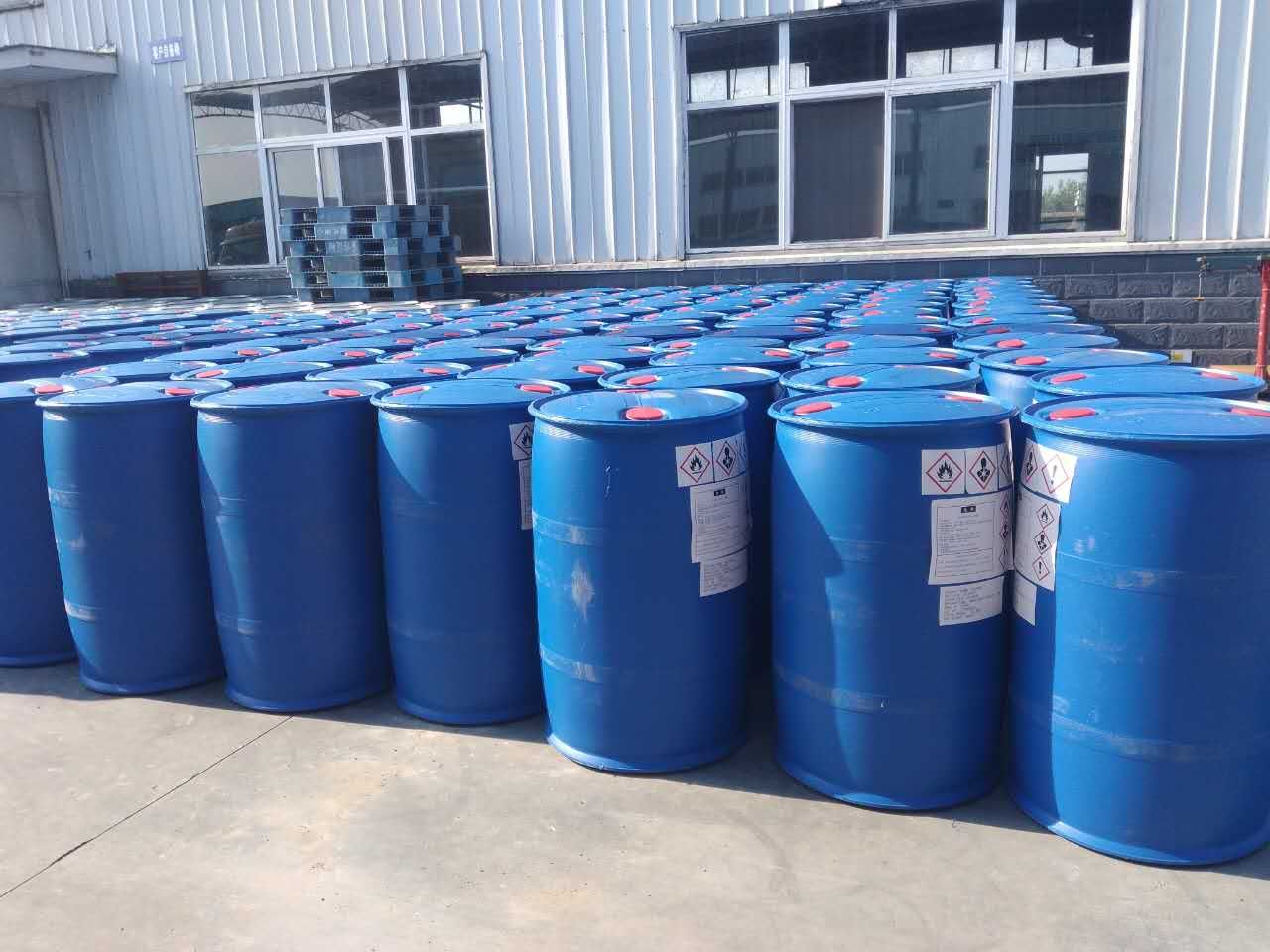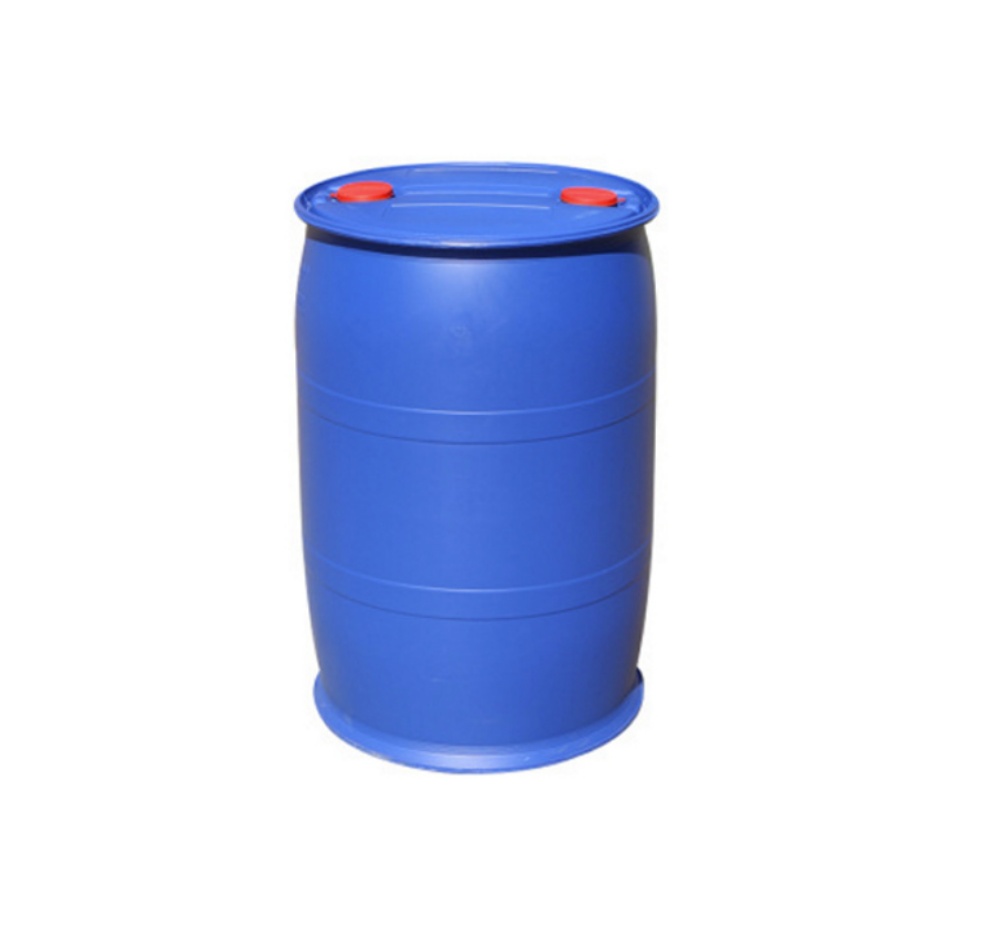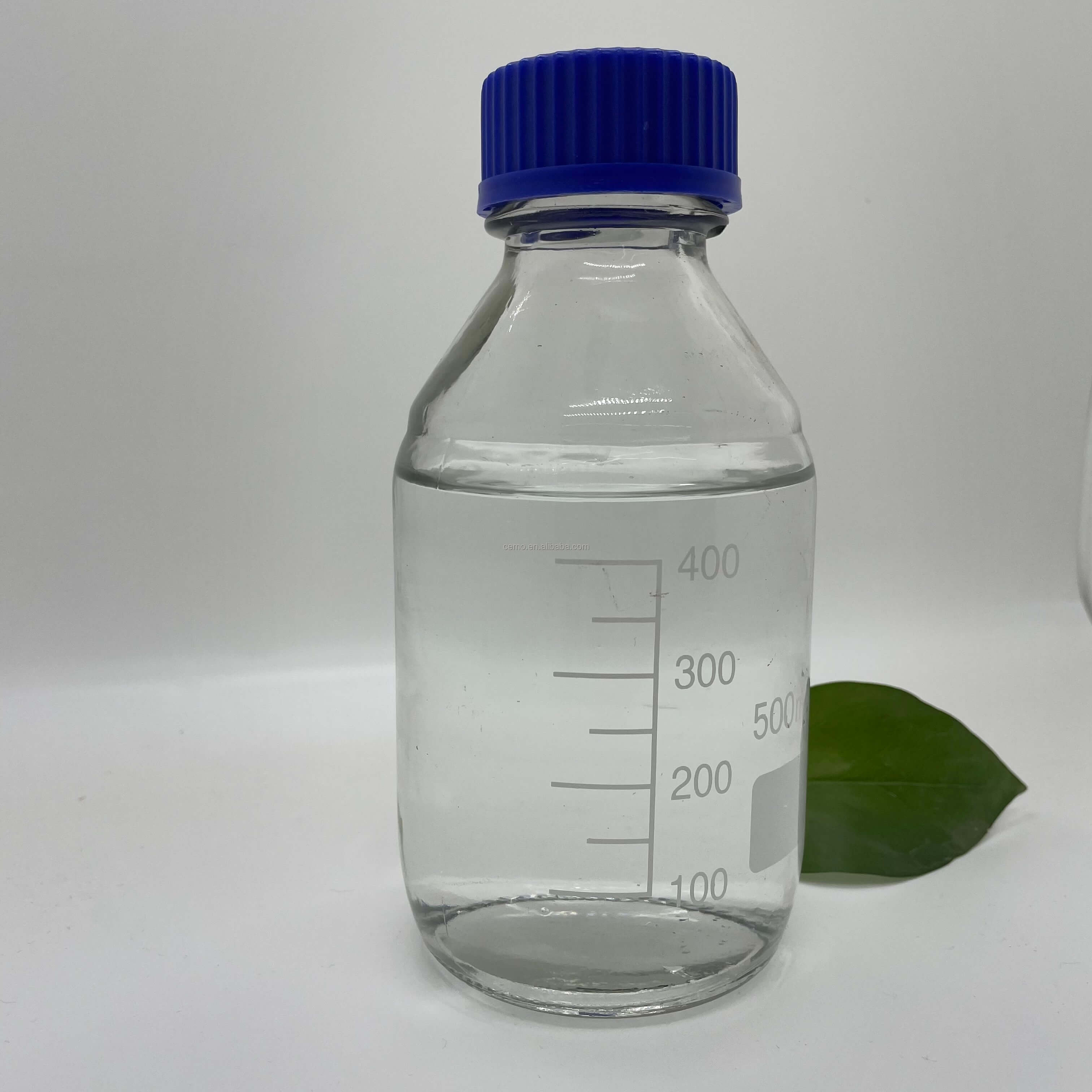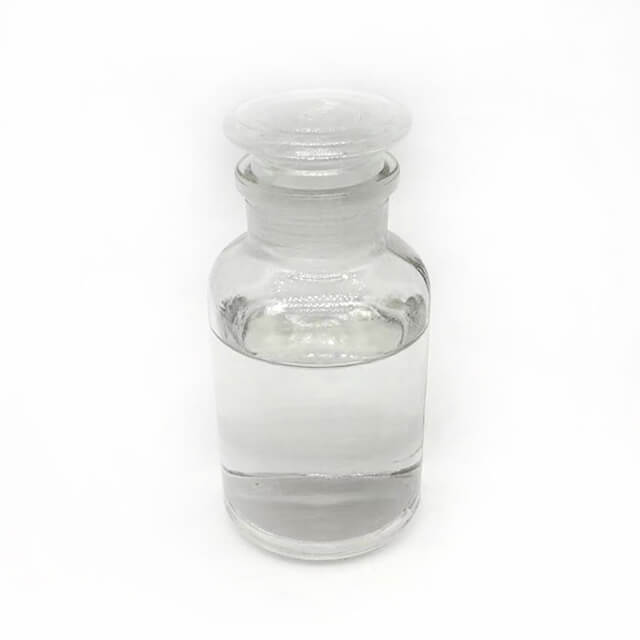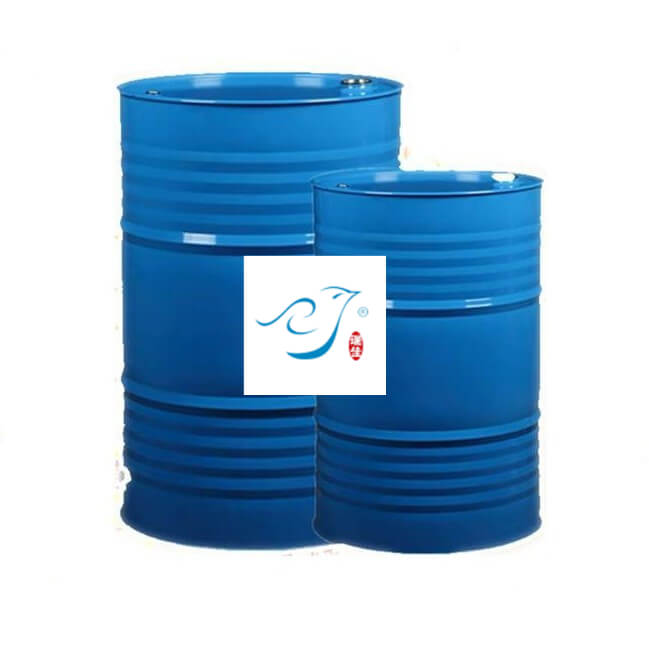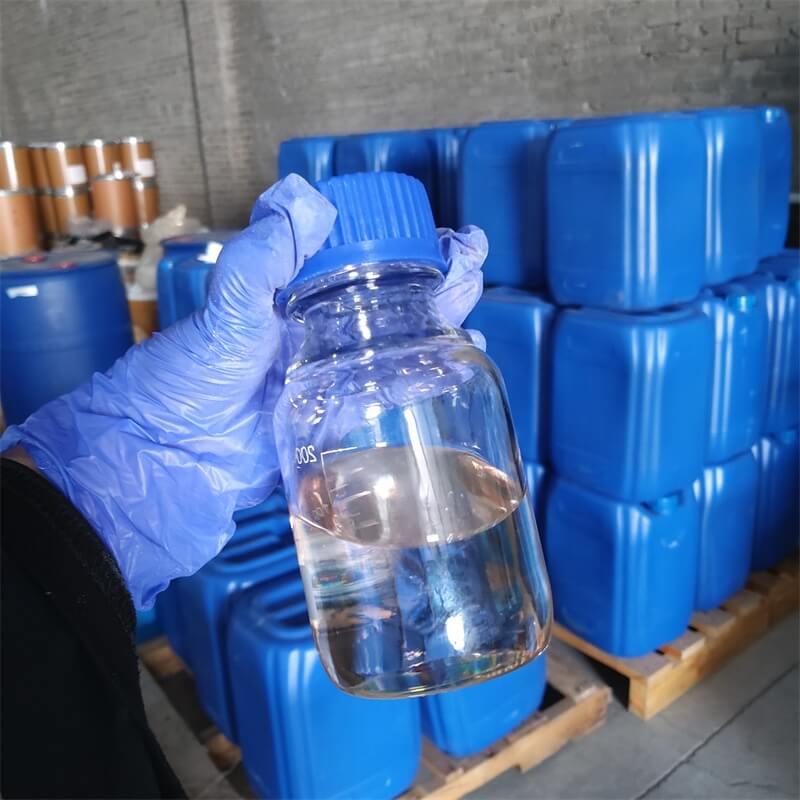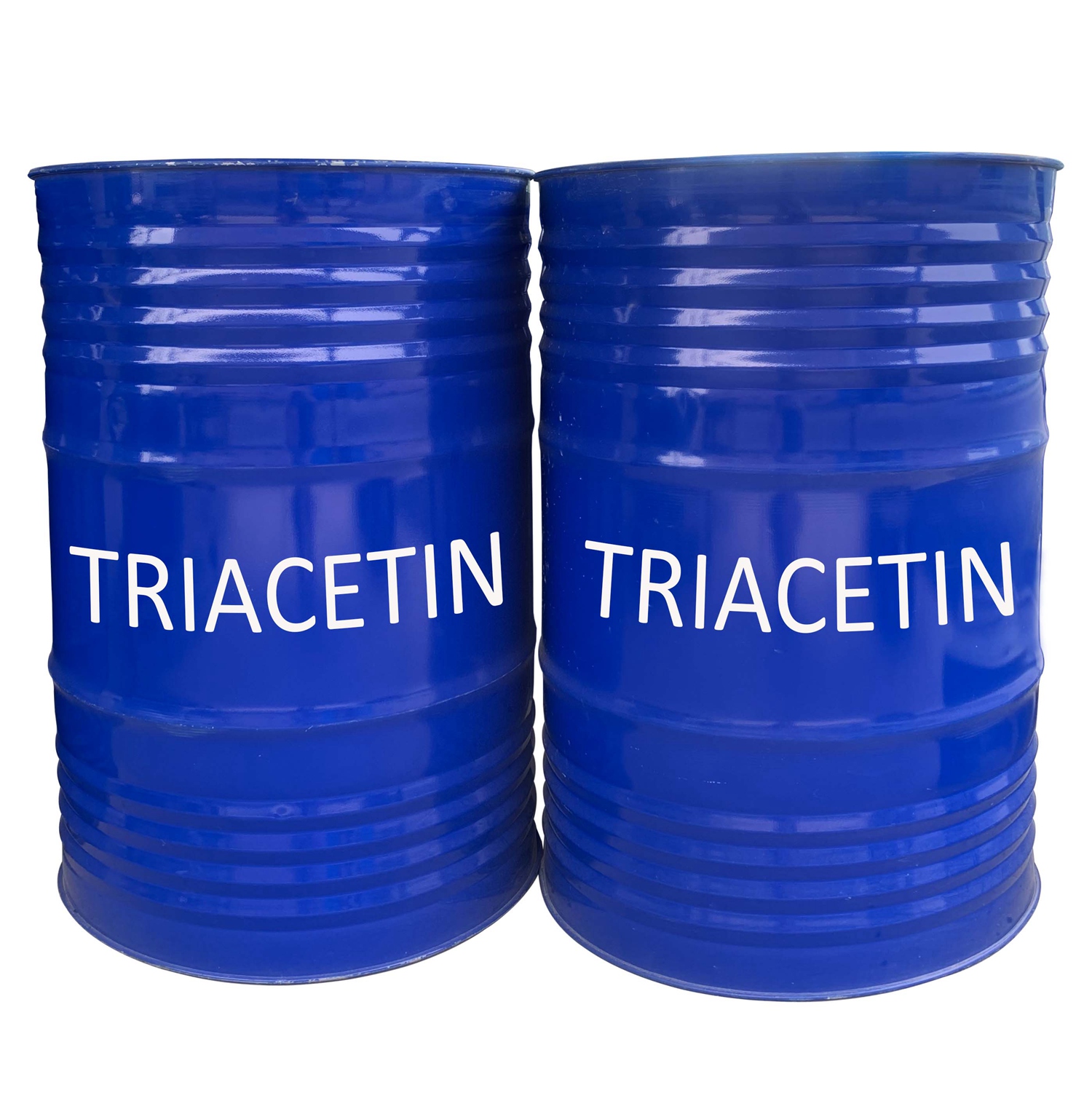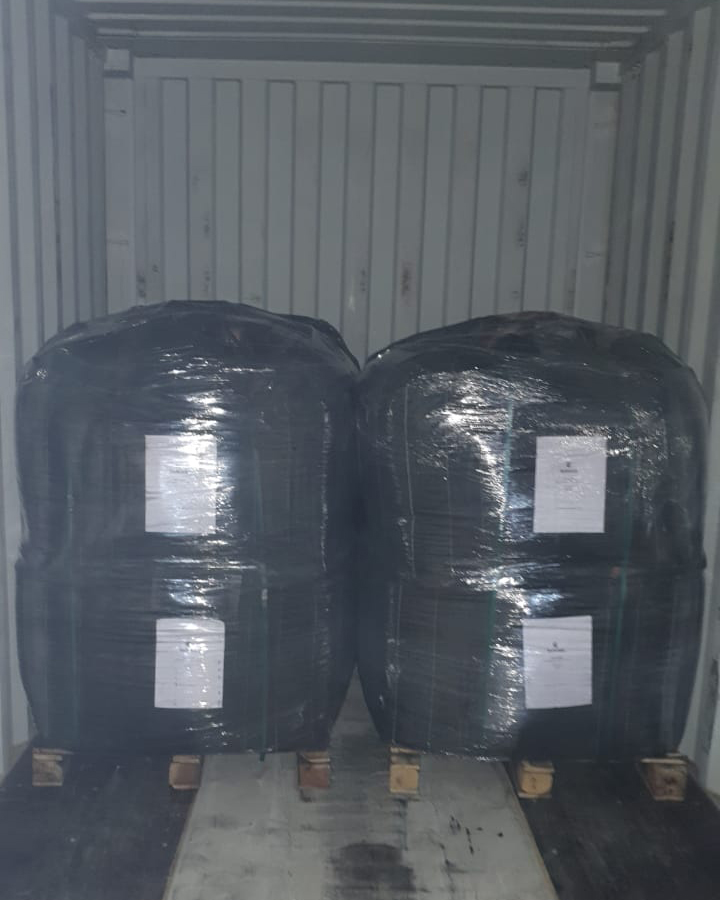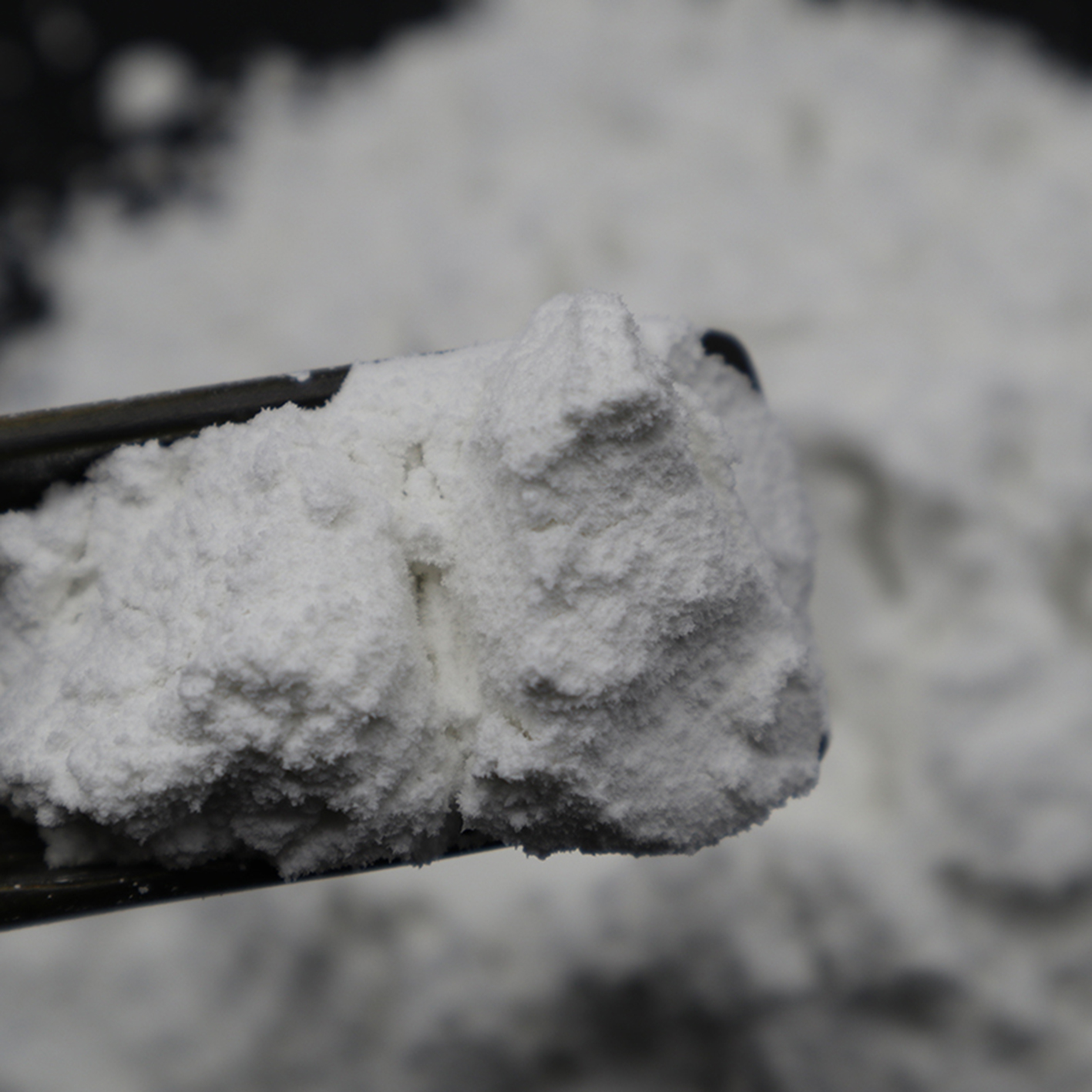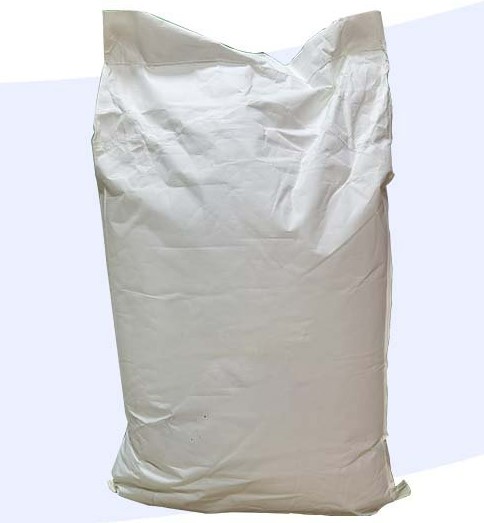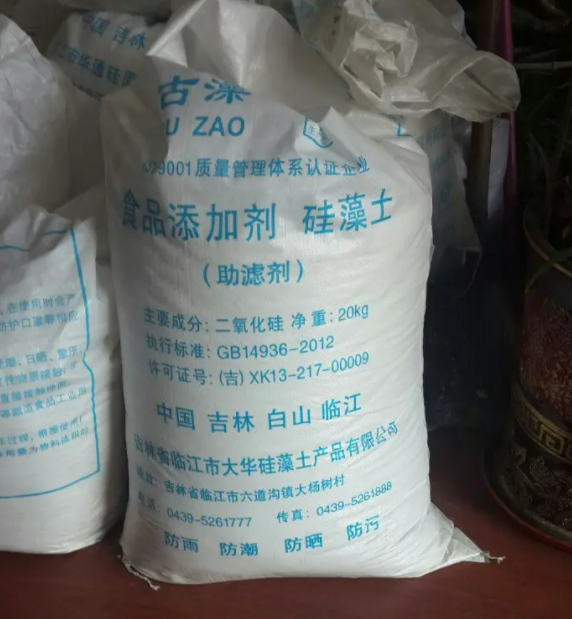Food(Feed) Additives
Feed Additive
Additives For Food Packaging
Colorant
Stabilizer and Coagulator
Water Retention Agent
Feed Deworming Health Agents
Anti Corrosion and Preservation
Color Fixative
Flour Treatment Agent
Defoamer
Coating Agent
Feed Vitamins
Emulsifier
Other Food Additives
Nutritional Fortifier
Thickening Agent
Feed Quality Enhancer
Antioxidants
Chewing Gum Bases
Bulking Agent
Feed Amino Acids and Small Peptides
Flavor Enhancer
Sweeteners
Additives For Feed Preservation
Other Feed Additives
Food Additive
Bleaching Agents
Anticaking Agent
Food Flavors and Fragrances
Enzyme Preparation
Feed Trace Elements
Acidity Regulators
Feed Growth Promoters
Feed Conditioner
Find
17
related chemicals for you
CAS:7778-77-0
Molecular Formula:H2KO4P
Alias
More Information
Potassium Phosphate Monobasic; Monopotassium Phosphate; Monobasic Potassium Phosphate; MKP; Potassium Phosphate, Monobasic, Molecular Biology Grade; Potassium DI Hydrogen Phosphate
Brief Introduction
It can be used as feed additive
In food industry, it is used to make bakery products, as leavening agent, flavoring agent, fermentation aid, nutrition fortifier and yeast food.
Also used as a buffer, chelating agent.
It is used as fertilizer, flavoring agent, yeast culture agent, buffer solution, medicine and potassium metaphosphate.
It is used to fertilize rice, wheat, cotton, rape, tobacco, sugarcane, apple and other crops.
Used as chromatographic reagent and buffer.
Suppliers
View More Vendors (10) >
Huarong Chemical (Chengdu) Co.,Ltd.
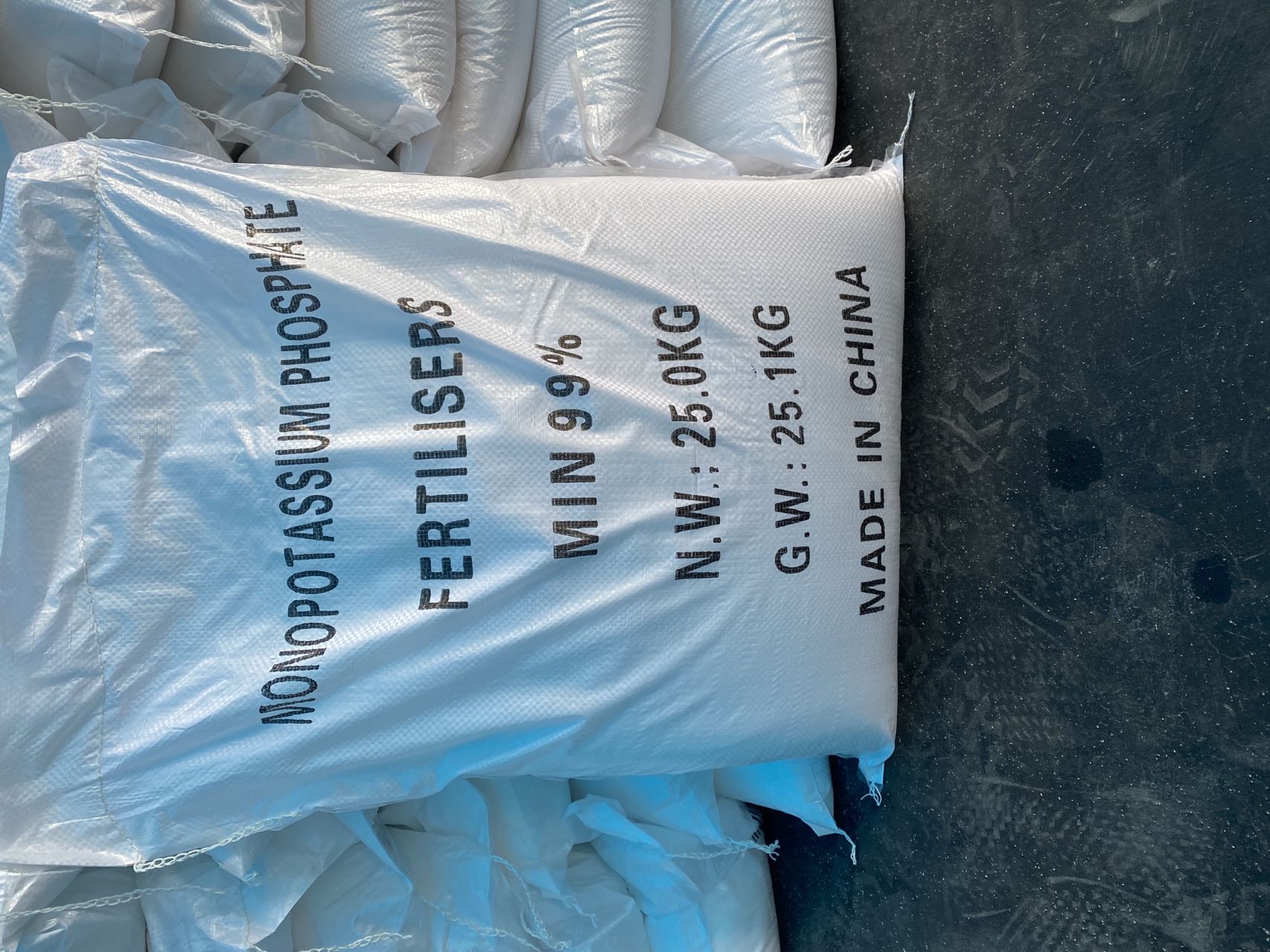
≥99%
/
Tech Grade
25kg
/
Woven Bag
Alias
More Information
Ethyl Alcohol; Grain Alcohol; Absolute Alcohol; Cologne Spirit; Absolute Ethyl Alcohol; EtOH; Ethyl Hydroxide; Ethylic Alcohol; Drinking Alcohol; Methylcarbinol; Ethylol; Alcohol; Industrial Alcohol; Edible Alcohol; Ethyl Hydrate; Hydroxyethane; Anhydrous Ethanol; Ethanol AR; Ethyl Alcohol of 99.9% Purity; Ethonal; Denatured Alcohol
Brief Introduction
Ethanol is an important organic solvent, which is widely used in medicine, coatings, sanitary products, cosmetics, grease and other methods, accounting for about 50% of the total consumption of ethanol. Ethanol is an important basic chemical raw material, which is used to manufacture acetaldehyde, ethylene diene, ethylamine, ethyl acetate, acetic acid, chloroethane, etc., and derived many intermediates of medicine, dyes, coatings, spices, synthetic rubber, detergent, pesticides and other products. There are more than 300 kinds of products, but at present, the use of ethanol as an intermediate of chemical products is gradually declining, Many products, such as acetaldehyde, acetic acid and ethyl ethanol, no longer use ethanol as raw materials, but use other raw materials instead. 75% ethanol aqueous solution has strong bactericidal ability and is a common disinfectant. Specially refined ethanol can also be used to make beverages. Similar to methanol, ethanol can be used as energy. Some countries have begun to use ethanol alone as vehicle fuel or mixed with gasoline (more than 10%) to save gasoline.
Suppliers
View More Vendors (7) >
Kellin Chemicals (Zhangjiagang) Co., Ltd
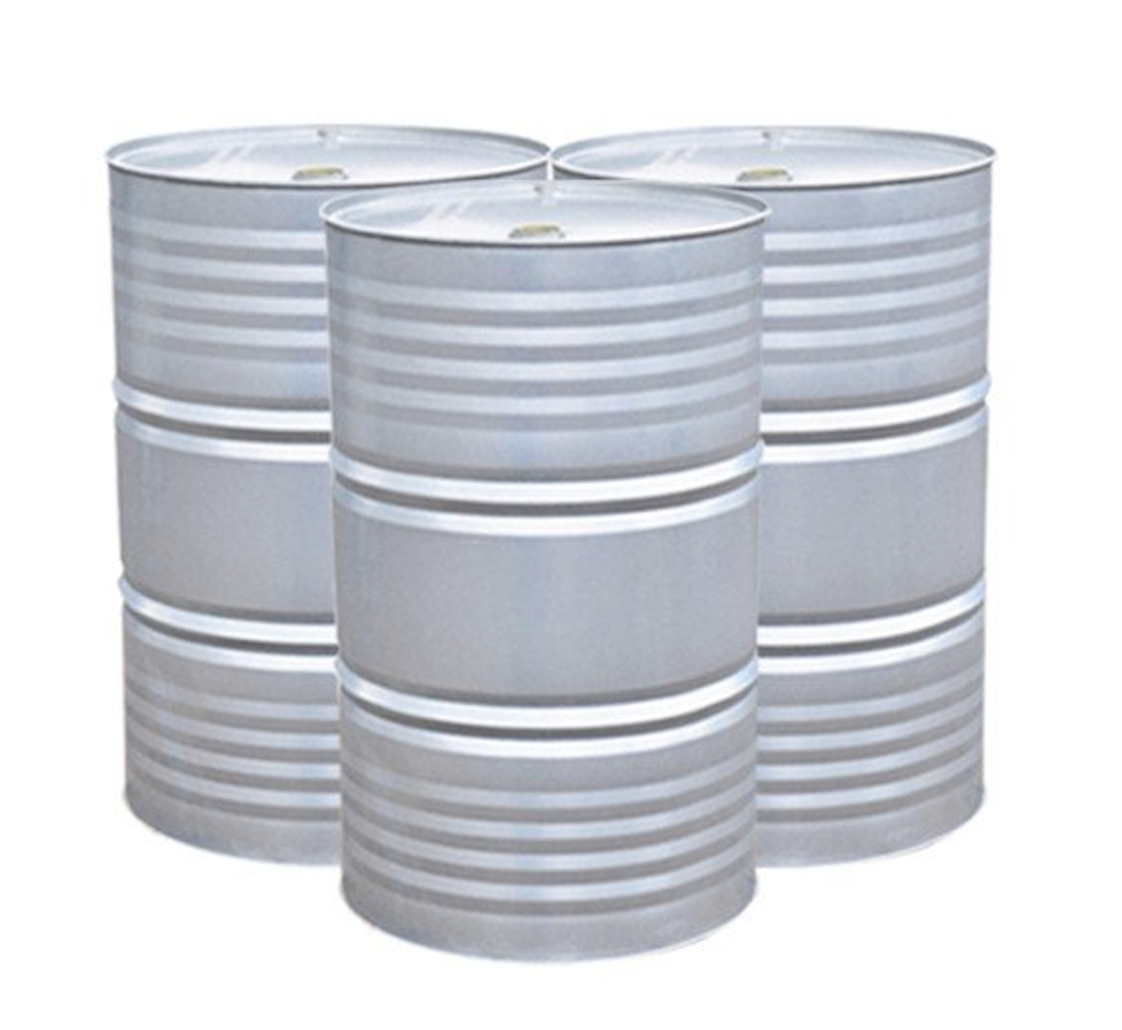
≥99.9%
/
Tech Grade
165kg
/
Iron Drum
Bozhiyuan Technology (Guangdong) Co.,Ltd.
EL
/
Electronic Grade
CAS:102-76-1
Molecular Formula:C9H14O6
Alias
More Information
Glycerol Triacetate; Triacetyl Glycerine; Glyceryl Triacetate; 1,2,3-Propanetriol Triacetate; 1,2,3-Triacetylglycerol; 2,3-Diacetyloxypropyl Acetate; 1,2,3-Triacetoxypropane; Triacetine
Brief Introduction
The biggest use of this product is as a plasticizer for cigarette filters - cellulose diacetate, it can also be used as a fixative and lubricating matrix for flavors and fragrances, cosmetics; in addition, it is also used as a cast iron industry, polylactic acid biodegradable plastics, ink coatings , Non-toxic plasticizer or solvent for cellulose nitrate, cellulose acetate, ethyl cellulose, cellulose acetate butyrate.
Suppliers
View More Vendors (7) >
Shandong Jiayuan Composite Materials Co.,Ltd.
≥99
/
Tech Grade
25kg
/
Iron Drum
CAS:64365-11-3
Molecular Formula:CH4
Alias
More Information
Activated Charcoal; Activated Carbon,Plant Nutshell; Activated Carbon For Sugar; Activated Black; Csirbon,Activated; Shirasagi Powder Active Carbon; Norit(R) A Pract.; Nut Shell Activated Carbon; Powder Activated Carbon
Brief Introduction
Activated carbon is a kind of carbon material with great specific surface area and strong adsorption and decolorization ability. In the 19th century, people used it to decolorize, taste and purify sugar, wine and water. Bone charcoal has been used for water filtration for more than 100 years. Activated carbon was used to make gas masks during the first World War. By the 1990s, it was widely used in sewage treatment, concentration and recovery of organic solvents, air purification and other environmental protection, gold extraction and other fields.
Suppliers
View More Vendors (4) >
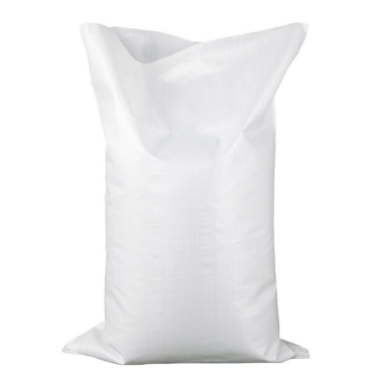
ZXK-AR particle size 20-50 mesh moisture ≤ 10% pH5 0-7.0 ash ≤ 3.0% methylene blue adsorption value ≥ 105 ± 10mg / g
/
Tech Grade
25kg
/
Woven Bag
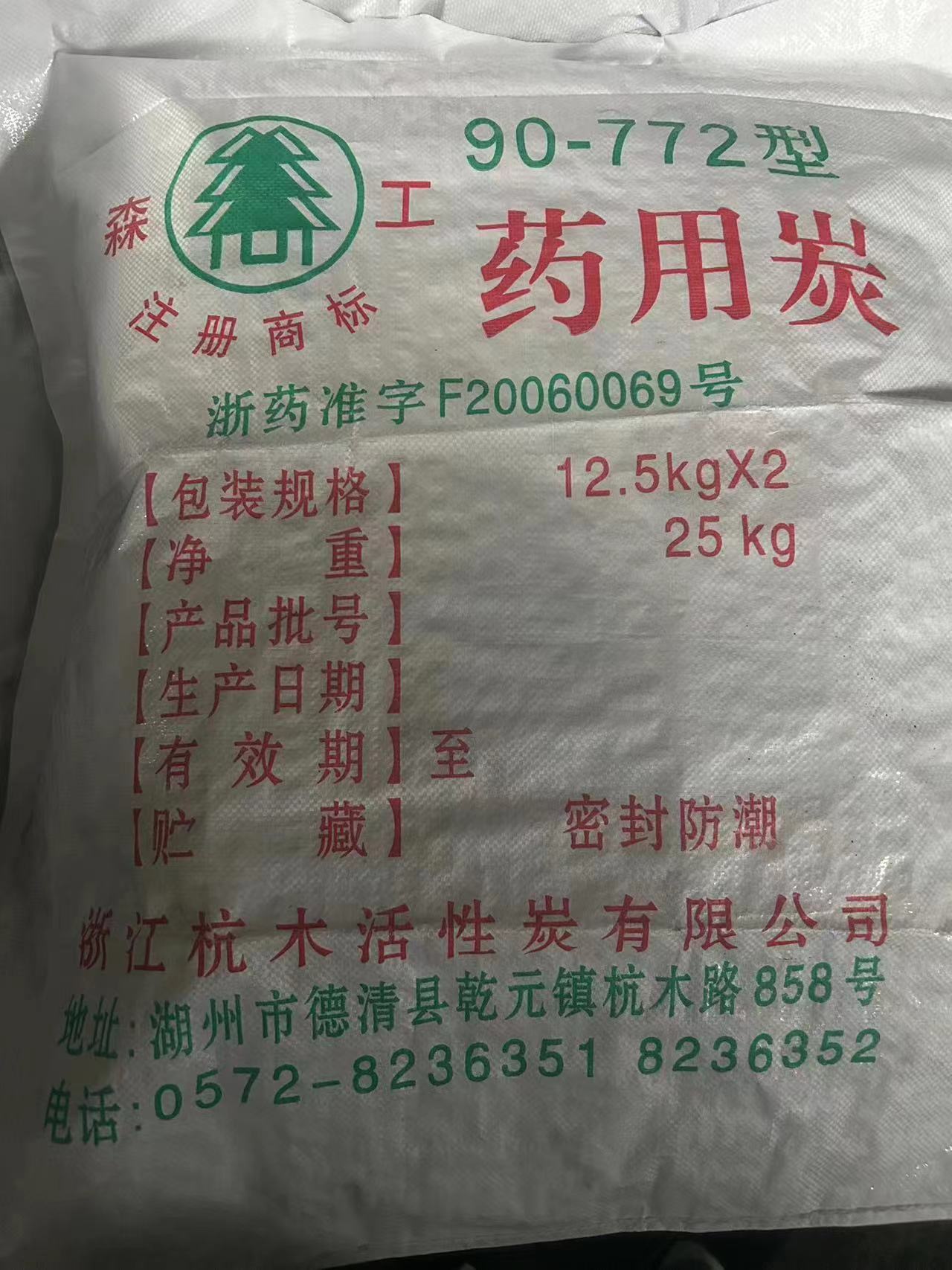
Black powder, chloride ≤ 0.1%, sulfate ≤ 0.05%, zinc salt ≤ 0.02%, iron salt ≤ 0.05%, drying weight loss ≤ 10%, passing 95% on a 200 mesh sieve
/
-
Ct Groups
- Humidity 5% - 25% - Ash 3-7% - No impurities (100% coconut shell material) - Coal-black granular, dry, angular.
/
Tech Grade
Alias
More Information
Dioxosilane; Diatomite; Diatomaceous Earth; Diatomaceous Silica, Kieselguhr; Silicon Dioxide; Silica; Filter cel; Quartz; Diatomaceous Earth DZ-300
Brief Introduction
Diatomite is a powder made of sedimentary soft rock. This rock is rich in silica and comes from fossil algae. Tiny aquatic organisms called diatom fossil residues gather in the sediments of lakes, streams, rivers and oceans.
Suppliers
View More Vendors (3) >
Inquiry (
10
/ 10
)
Clear All
You can inquire for up to 10 products at a time
Sign In
Error!

